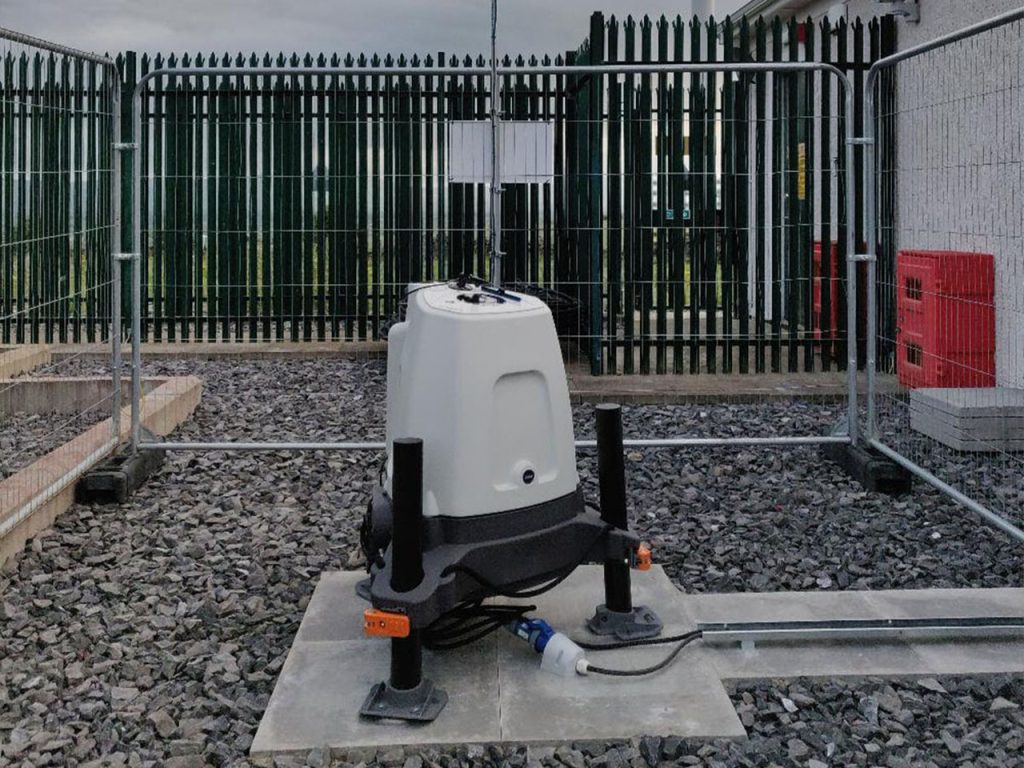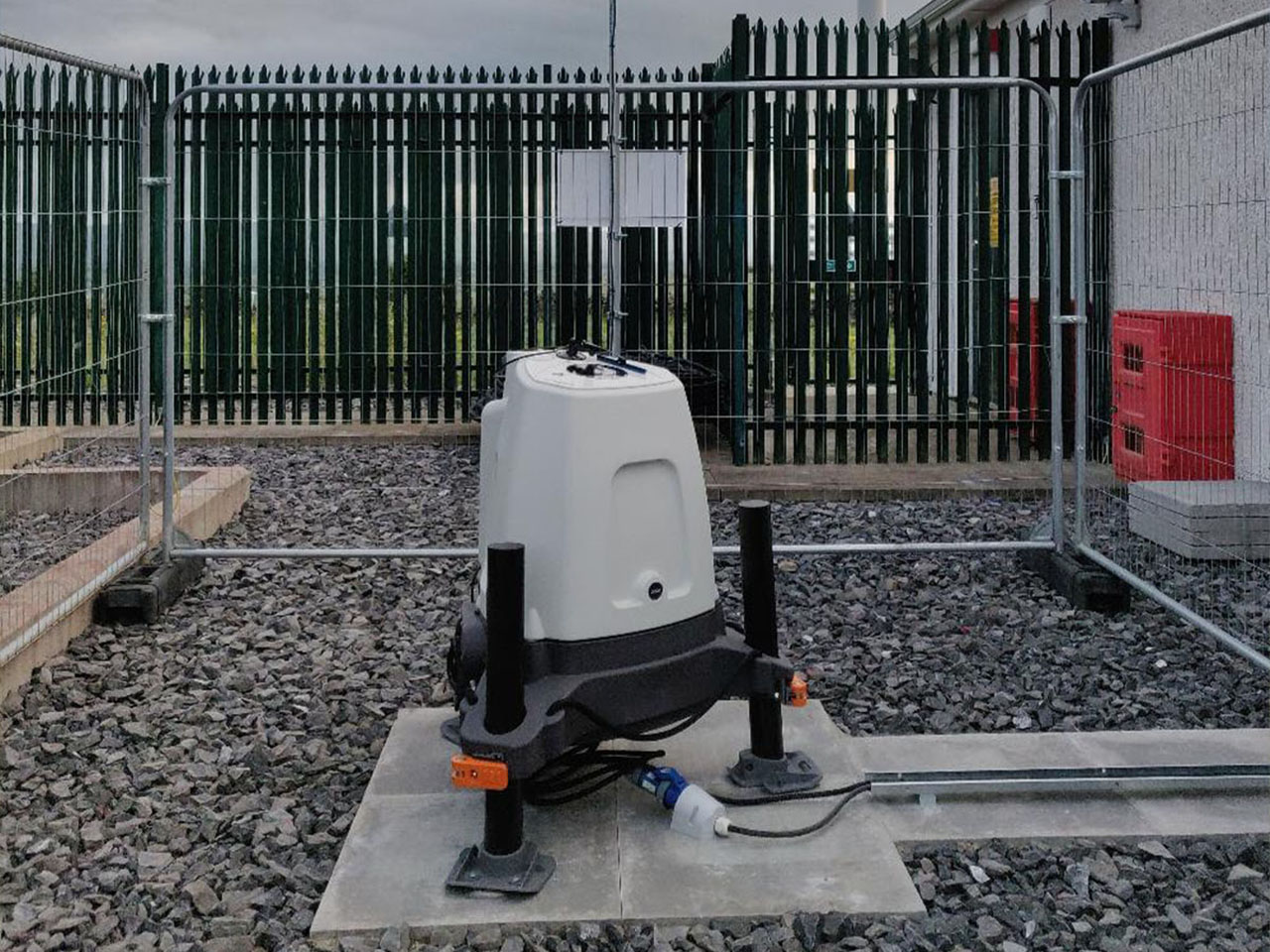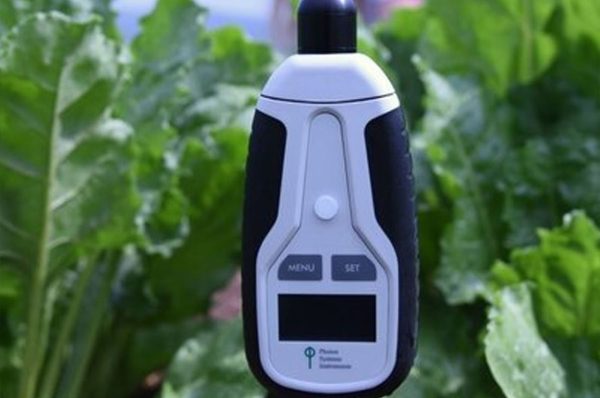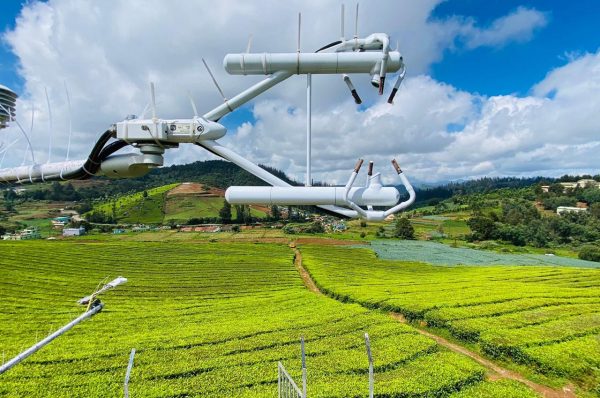In the realm of environmental monitoring, the quest for more accurate, reliable, and cost-effective solutions is a perpetual journey. One technology that has been gaining significant traction in recent years is Wind Lidar. Let’s delve into how Wind Lidar technology is revolutionizing environmental monitoring and unlocking new possibilities for various industries.
What is Wind Lidar?
Wind Lidar, short for Light Detection and Ranging, is a remote sensing technology that measures wind speed and direction using laser beams. Unlike traditional anemometers, which are often restricted to specific locations and heights, Wind Lidar offers the flexibility of remote and vertical profiling. By emitting laser pulses and analyzing the backscattered light from aerosols or molecules in the atmosphere, Wind Lidar can accurately determine wind characteristics at different altitudes.
Advantages Over Traditional Methods
One of the primary advantages of Wind Lidar technology is its versatility and scalability. Traditional anemometers are limited in their ability to capture wind data at various heights and locations, especially in complex terrains or offshore environments. Wind Lidar overcomes these limitations by providing continuous, high-resolution wind profiles over a wide area.
Moreover, Wind Lidar offers significant cost savings in terms of installation and maintenance. With no moving parts, minimal infrastructure requirements, and the ability to operate remotely, Wind Lidar systems reduce the need for frequent site visits and manual inspections, thereby lowering operational expenses.
Applications Across Industries
The applications of Wind Lidar technology span across diverse industries, including renewable energy, aviation, meteorology, and environmental monitoring. In the renewable energy sector, Wind Lidar plays a crucial role in optimizing wind farm operations, improving turbine efficiency, and assessing wind resource potential with greater accuracy.
In aviation, Wind Lidar enhances safety by providing real-time wind data for aircraft takeoff and landing operations, especially in challenging weather conditions. Meteorologists leverage Wind Lidar for atmospheric research, weather forecasting, and climate modeling, contributing to a deeper understanding of atmospheric dynamics and phenomena.
Future Outlook and Innovations
As technology continues to evolve, Wind Lidar is poised to become even more sophisticated and widespread in its applications. Advancements in sensor technology, data processing algorithms, and integration with other remote sensing techniques hold the promise of further enhancing the capabilities and accuracy of Wind Lidar systems.
Furthermore, the increasing emphasis on renewable energy and climate resilience is driving demand for advanced environmental monitoring solutions, positioning Wind Lidar technology at the forefront of innovation and progress.
Conclusion
In conclusion, Wind Lidar technology represents a significant advancement in the field of environmental monitoring, offering unmatched precision, versatility, and cost-effectiveness. From wind energy optimization to weather forecasting and beyond, the applications of Wind Lidar are vast and transformative. As we continue to harness the power of this cutting-edge technology, we pave the way for a more sustainable and resilient future.












